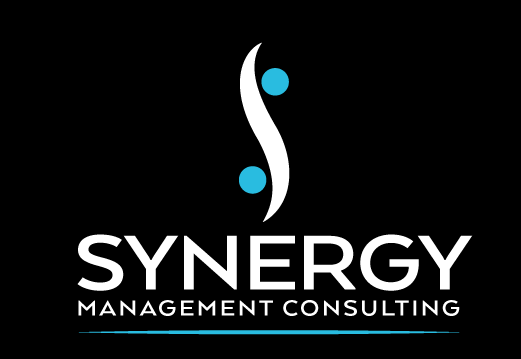
Engage with Stakeholders
Engaging with stakeholders is a crucial element of developing an effective ESG (environmental, social, and governance) strategy. Stakeholders include any individuals or groups that are affected by or have an interest in the activities and performance of a company. This includes shareholders, employees, customers, suppliers, communities, and other groups. Engaging with stakeholders can help ensure that your ESG efforts are aligned with their needs and expectations, and can also help build trust and credibility with these groups.
There are several ways to engage with stakeholders when developing an ESG strategy. One effective method is to hold focus groups or surveys to gather input and feedback from these groups. This can help you understand their priorities and concerns, and can inform your ESG goals and initiatives. It is also important to regularly communicate your ESG efforts to stakeholders, including through annual reports, sustainability reports, and other communications channels. This helps build transparency and trust, and allows stakeholders to stay informed about your progress.
Another important aspect of stakeholder engagement is considering their impact on your business and vice versa. This includes evaluating your supply chain to ensure that it is sustainable and socially responsible, and engaging with suppliers and other partners to address any potential ESG issues. It is also important to consider the impact of your business on the local community and environment, and to engage with these groups to understand their needs and concerns.
In addition to gathering input and feedback from stakeholders, it is also important to consider their perspectives when setting ESG goals and developing initiatives. By taking their concerns and priorities into account, you can ensure that your ESG efforts are meaningful and relevant to these groups. This can also help build trust and credibility with stakeholders, as they will see that their voices are being heard and that their interests are being taken into consideration.
Overall, engaging with stakeholders is crucial for developing an effective ESG strategy. By gathering input and feedback, considering their perspectives, and regularly communicating your ESG efforts, you can build trust and credibility with these groups and ensure that your ESG initiatives are aligned with their needs and expectations.
Over the next 12 weeks we will expand on each point to give you a much deeper understanding of the next steps to take in developing your Environmental, Social, Governance Strategy.
Don’t miss a post in this series, please subscribe to our blog, or feel free to reach out to us to develop your customized strategic plan and road map.
Ready to start a conversation about achieving breakthrough results?


